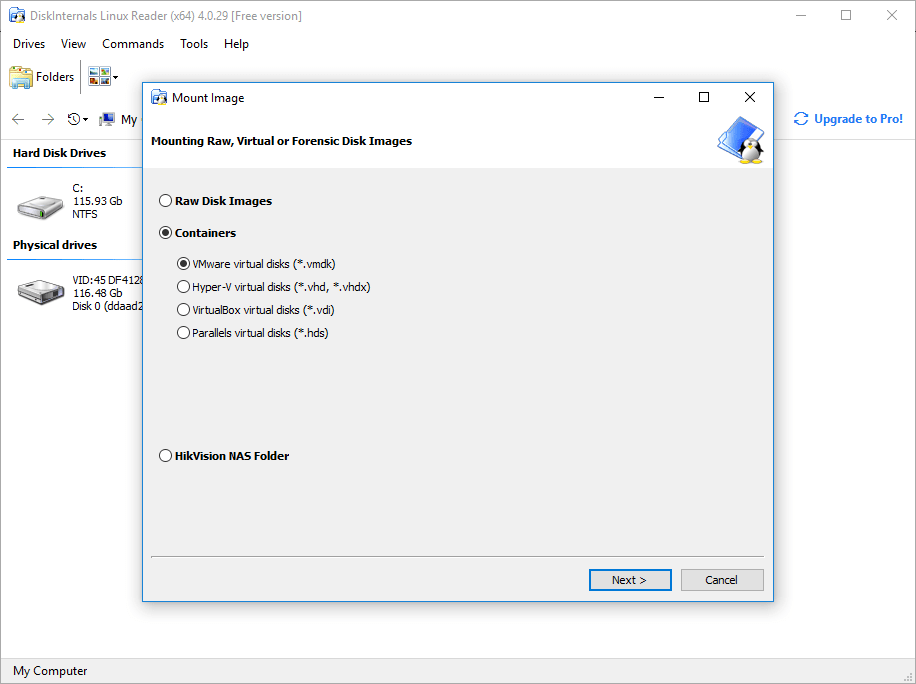
I didn’t explore their licensing rules, for users who might want to use them on more than one machine, perhaps including more than one VM.īut for the most part, the working solutions were internal solutions. Indeed, there were a few paid external solutions (e.g., Macrium, TeraByte, PowerISO) that might have worked. I might have expected the external solutions (e.g., QEMU, VBoxManage) to be simpler and more direct. Like a simple copy-and-paste operation in Windows (or whatever host system), it would treat the entire VM as a single file or folder it would simply convert the VM to a different format, like when a user converted a VirtualBox VDI file to VMDK format for use on VMware. An external solution, by contrast, would not run inside the VM. There were two ways to do that: the tool could be installed and run in the Ubuntu installation or it could boot instead of Ubuntu, inside the VM, and use that outsider’s perspective to copy the Ubuntu files to an external destination. An internal solution would run inside the VM. The answer developed here was that there were both internal and external solutions. The question for this post was, when it all finally came together, how could I convert that perfect, final, virtual Linux installation into a physical installation on a real computer? (Note: some of the methods discussed here may also work for Windows VMs.) I was testing software and otherwise developing an Ubuntu Linux installation in a virtual machine (VM), so as to be able to roll back undesirable changes.

– Difficult and (Apparently) Dead Options Note: a later post offers a boiled-down (and in some ways improved) version of this one.


 0 kommentar(er)
0 kommentar(er)
